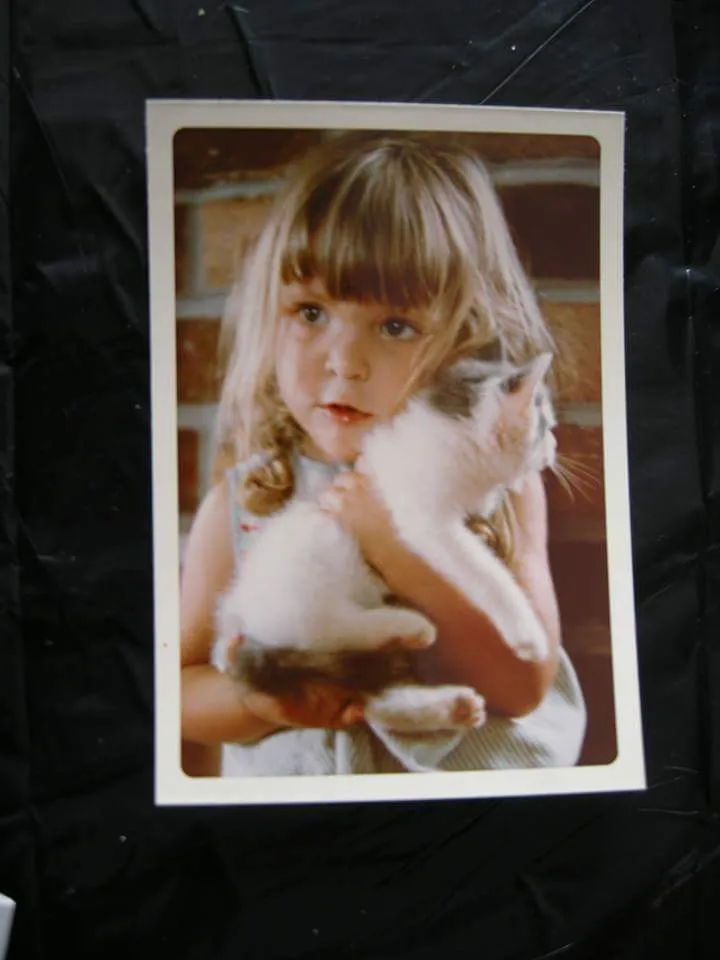Understanding Environmental Factors • Kritter Kommunity
Today, let’s investigate a topic I know well – creating a safe space for our furry friends dealing with asthma. As a pet parent to an asthmatic, FIV-positive cat named Abigail, I got up to speed on this relatively fast! I needed to understand our environment’s critical role in her health and well-being. This post is about natural remedies for cast asthma, especially environmental factors.
The Asthma Challenge
First off, let’s demystify feline asthma. Similar to human asthma, this condition affects a cat’s respiratory system, making breathing difficult due to inflammation and constriction of the airways. It’s a tough battle, and environmental factors can significantly impact our asthmatic furballs.
Abigail’s Story
Abigail was a playful, affectionate soul, but her health struggles were evident. Her FIV status and asthma made everyday life a bit challenging. Managing her condition became a journey of understanding how environmental triggers affected her.
Natural Remedies for Cat Asthma: Environmental Triggers
Asthmatic cats are sensitive to various triggers. Natural remedies for cat asthma can be as simple as eliminating environmental triggers. These triggers can include:
- Dust: Keeping the living space clean is paramount. Regular vacuuming, dusting, and minimizing clutter helped Abigail breathe easier.
- Smoke and Strong Odors: Cigarette smoke and strong scents from air fresheners or cleaning products aggravated Abigail’s condition. Opting for natural, unscented alternatives made a noticeable difference.
- Mold and Mildew: Damp areas are breeding grounds for these, posing a threat to asthmatic cats. Ensuring proper ventilation and addressing any moisture issues in the home were crucial steps.
- Allergens: Pollen, dander, and certain fabrics can trigger asthma attacks. Regular grooming, using hypoallergenic bedding, and keeping windows closed during high pollen seasons helped alleviate Abigail’s symptoms.
”Asthma in cats is an immunity-related condition and attacks can often be brought on by an allergy or stress. Suspected triggers include pollen, grass, mould, dust mites, tobacco smoke, cat litter, household cleaning products and even some foods.” –Blue Cross
RELATED: Cat Litter for Asthmatic Cats
Creating a Safe Haven
Absolutely, here’s a revised version:
Creating a safe haven for my cat Abigail, who battled asthma, was essential. I focused on managing her environment, keeping the house free from triggers like dust and smoke. I crafted a cozy sanctuary, a quiet corner with soft bedding where she could relax.
Abigail had her personalized treatment plan from the vet, and giving her medication became part of our routine. I kept a close eye on her behavior, watching for any signs of discomfort. Despite her passing, knowing I did everything possible to ensure her comfort during her struggle with asthma brings me a sense of peace and gratitude. I was lucky in that her asthma never escalated into a daily event. The triggers for her were mostly allergy related (pollen, etc.) and treatments were given at that time.
Considerations when creating your cat’s personal space zone:
- Cleanliness is Key: Regularly clean and dust your home. Invest in air purifiers to minimize airborne irritants.
- Switch to Natural Products: Opt for pet-safe and natural cleaning solutions and avoid strong scents that might trigger breathing difficulties.
- Proper Ventilation: Ensure good airflow in your home to prevent the buildup of mold and mildew.
- Regular Vet Check-ups: Regular visits to the vet are crucial for monitoring and managing your cat’s condition effectively.
- Stress Reduction: Just like humans, stress can exacerbate asthma. Create a calm and peaceful environment for your cat.
When vets suspect your cat might have asthma, they don’t just do one test to be sure. They look at your cat’s history and do various tests. These include looking at the cat’s airway cells under a microscope, taking images of the lungs with X-rays and other fancy machines, and sometimes doing blood and allergy tests.
The X-rays and CT scans are like taking pictures inside your cat’s body. They help the vet see if there are any unusual patterns or swollen areas in the lungs that could mean asthma. There’s also a thing called bronchoscopy, where they use a tiny camera to look inside the cat’s airways.
But here’s the tricky part: these tests also help rule out other stuff similar to asthma, like infections or parasites. It’s like being a detective to figure out exactly what’s happening with your cat’s breathing.
Treating Feline Asthma
If your cat has asthma, the vet will likely give medicine to help with the lung inflammation. They might use drugs that reduce the swelling in the lungs or open up the airways. Sometimes, these drugs can be inhaled or given as pills or shots.
Some other treatments, like allergy shots or unique fatty acids, are being tested, but they’re not yet proven. People also talk about purifying indoor air and avoiding things your cat might be allergic to, but we’re unsure if that helps cats with asthma.
What’s the Outlook?
Asthma in cats is a bit tricky. It usually doesn’t go away completely; sometimes, cats have moments when their breathing gets bad. But by monitoring your cat’s breathing and giving them the right meds when they need them, you can help your furry friend have a good, happy life despite asthma.
Final Thoughts
Living with an asthmatic cat like Abigail taught me that small changes in our environment can significantly impact their quality of life. Offering natural remedies for your cat’s asthma can be as simple as eliminating triggers. These are easy solutions and sometimes the most effective!
Creating a safe space can help your cat calm down in the event of an attack. Offering a cozy, quiet, and private area involves understanding the triggers and making thoughtful adjustments to provide easy and fast access to the personal space.
It’s crucial to consult your vet to create a tailored plan for your cat’s unique needs. You might find helpful suggestions by joining online support groups such as Reddit discussions. Additionally, considering hiring a cat behaviorist can be advantageous in certain situations.
Lisa Illman is the Founder of Kritter Kommunity, LLC. She has a tuxedo adult cat and has had him since he was a baby kitten. Before her cat Finnegan, Lisa had had two FIV-positive cats for over a decade. They inspired Lisa to invent a cat enclosure and a portable catio so they could safely sit outside and enjoy fresh air and sunshine. Lisa had a Poodle and a parakeet growing up. She currently loves to pet-sit for her neighbors’ dogs and cats.






Why is Kritter Kommunity Your Trusted Partner?
Our mission at Kritter Kommunity is to promote happy and healthy lives for pets and their owners. We specialize in Barkitecture and designing tips for pet-friendly homes, utilizing the natural instincts of cats, dogs, and small critters to create a home life that pets and people love. From tips on pet care to reviews on pet toys and furniture, we are a go-to source for all things cats, dogs and small critters. Join us in celebrating the joys of pet ownership and providing the best possible lives for our furry friends.
